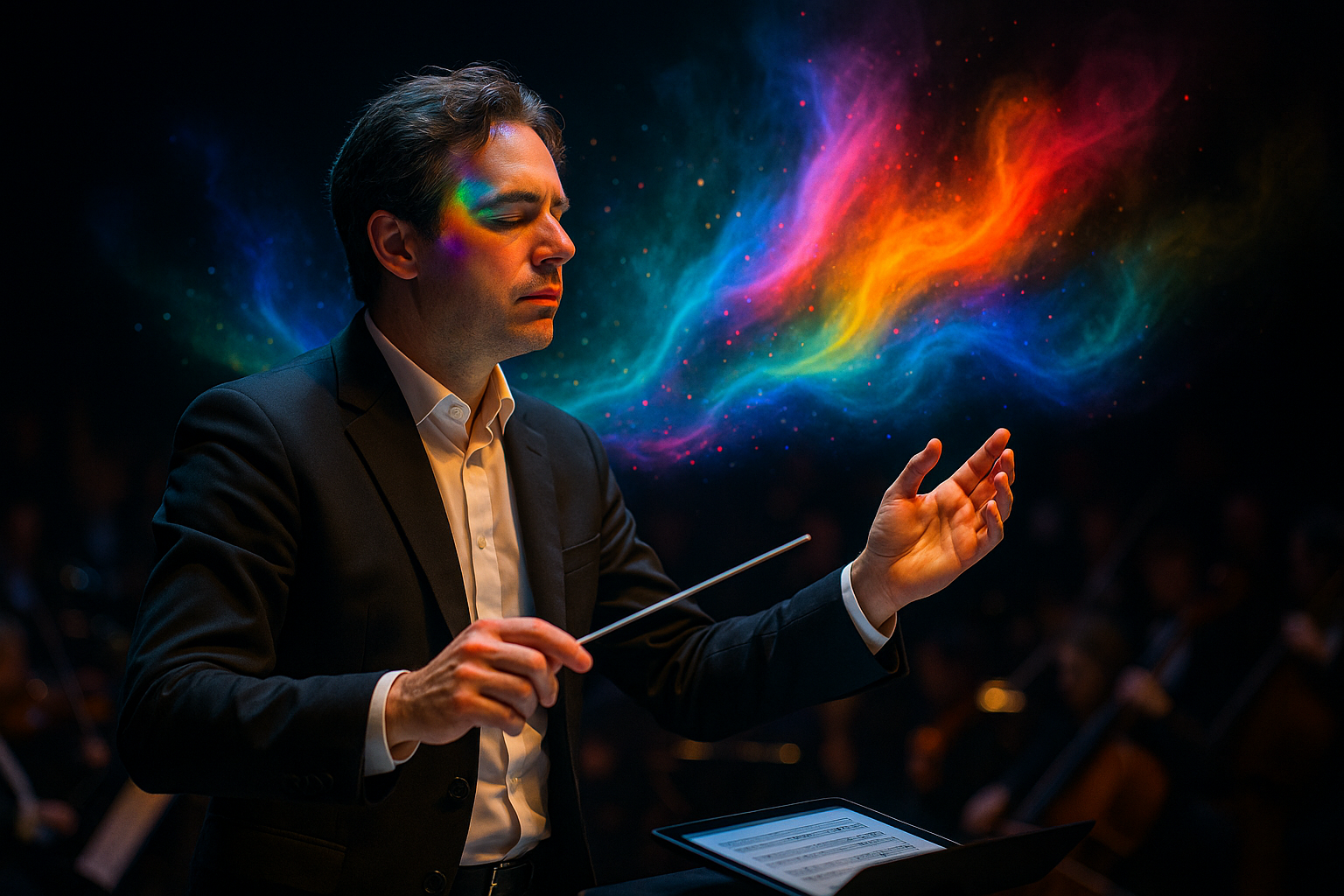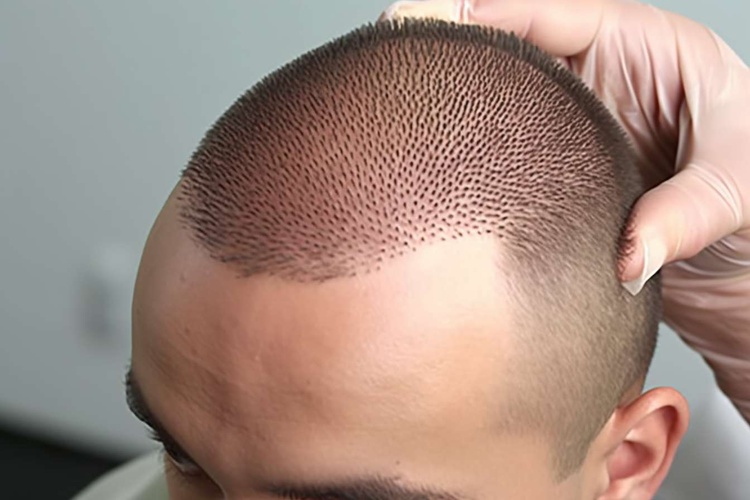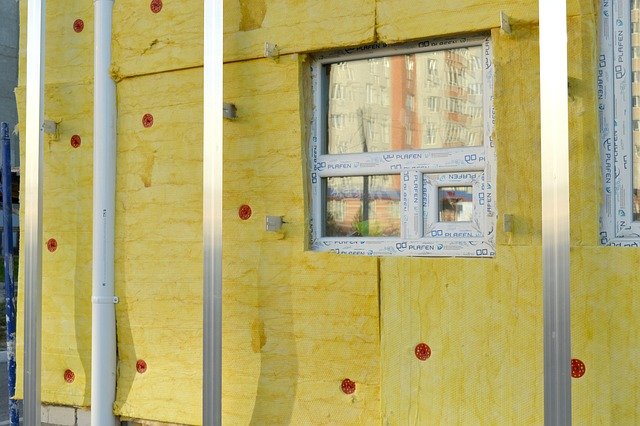Synesthesia in Music: A Sensory Symphony
The world of arts and entertainment is an ever-evolving landscape of creativity and innovation. One such fascinating development is the exploration of synesthesia in music, a unique phenomenon where senses intertwine, creating a multi-sensory experience. This article delves into the historical context, the current developments, and the impact of synesthesia on music and how it presents a captivating world of sensory symphony.

Historical Context: The Color of Sound
Synesthesia, a neurological condition where stimulation of one sensory pathway involuntarily leads to experiences in a secondary sensory pathway, has been a topic of intrigue for centuries. The phenomenon was first formally recognized in the 19th century, but it has been referenced in literature and philosophy as far back as ancient Greece. In the world of music, synesthesia has been a driving force for many composers, such as Alexander Scriabin and Olivier Messiaen. For these musicians, sound was not just an auditory experience; they could see colors and shapes associated with different notes, creating a multi-sensory composition.
Current Developments: The Digital Dawn
The advent of digital technology has profoundly impacted how synesthesia in music is explored and shared. Today’s artists are leveraging mixed reality technology, immersive installations, and interactive apps to create synesthetic experiences that were once confined to the minds of a select few. Musicians like Pharrell Williams and Billy Joel, both self-proclaimed synesthetes, have described their music-making process as a play with colors. This fascinating sensory cross-talk has also influenced modern music education, with several tools being developed to teach music through a synesthetic lens.
Impact: A Symphony of Senses
The influence of synesthesia on music extends beyond the creation and performance of music. It reshapes the way audiences receive and perceive music, offering a more immersive and engaging experience. It challenges traditional notions of sensory perception, pushing boundaries in creative expression and audience engagement. The reception has been overwhelmingly positive, with critics lauding the innovative approach to immersive experiences.
Significance: A New Dimension to Artistic Expression
The integration of synesthesia in music has significant implications for the broader arts and entertainment industry. It represents a shift towards multi-sensory experiences in art, breaking down barriers between different forms of expression. It encourages artists to explore new mediums and technologies, fostering innovation and expanding the realm of what is considered art. The exploration of synesthesia in music is not just about creating a new kind of art; it’s about challenging the status quo and redefining artistic expression.
A Sensory Revolution
Synesthesia in music challenges the norm, presenting a whole new canvas for artistic expression. By allowing audiences to experience music in a multi-sensory way, synesthesia is revolutionizing the arts and entertainment industry. As technology continues to evolve, it’s likely that we’ll see even more immersive and innovative synesthetic experiences in the future, marking a new era of sensory symphony.
The exploration of synesthesia in music presents a unique perspective within the arts and entertainment industry. It’s a topic that, while not widely covered, holds immense potential for further exploration and discussion. This article seeks to shed light on this fascinating phenomenon, offering an engaging and informative exploration of a truly sensory symphony.




